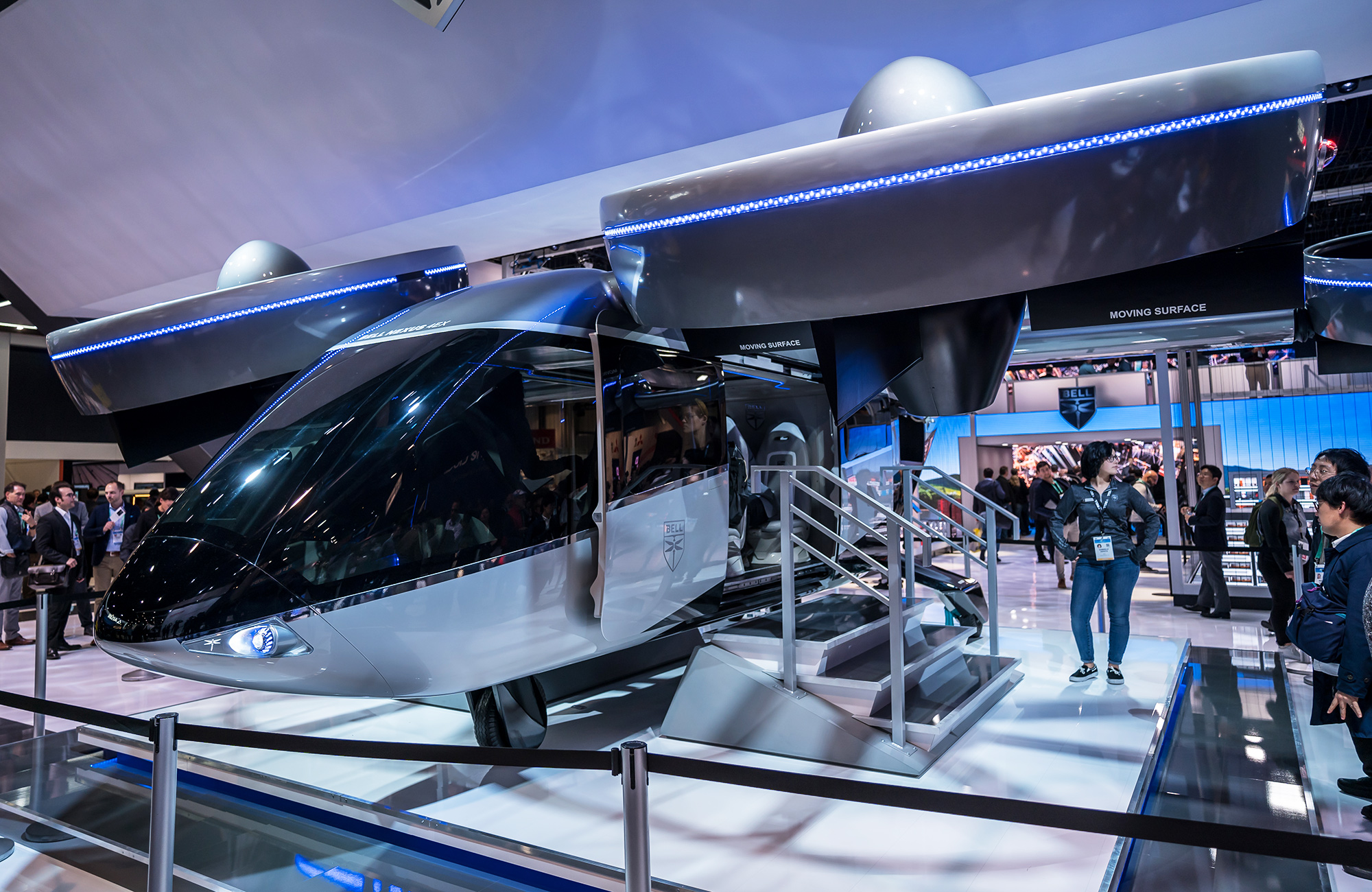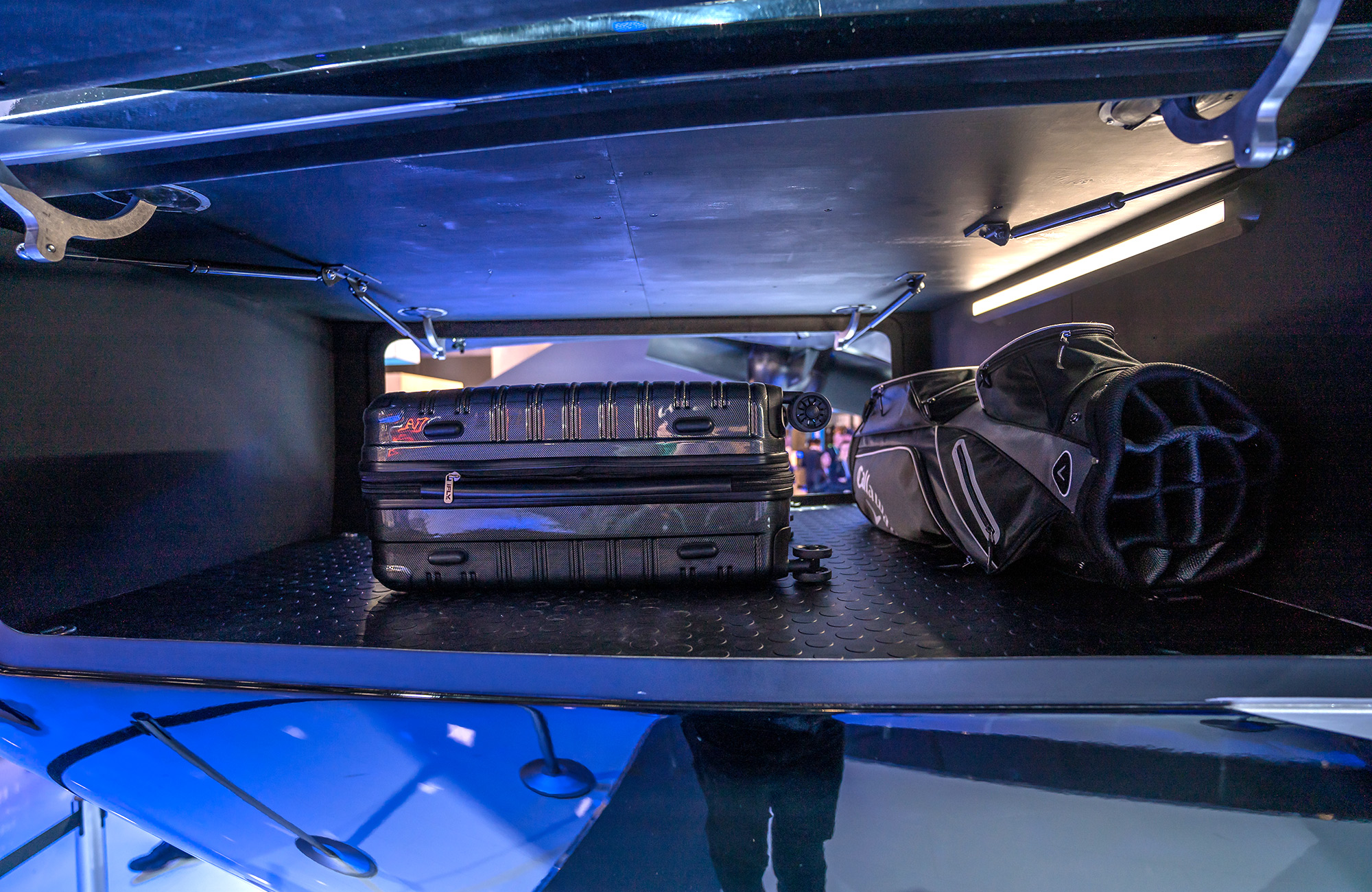One thing about gridlock in any big city is that the skies above are usually clear. Air taxis may become reality in ferrying people across town to cut down on time wasted in traffic below.
Urban air travel has been in all sorts of sci-fi movies, but any serious effort at doing it in our world hasn’t borne fruit. Uber tried it before in Sao Paolo, but its helicopters weren’t in the air for very long after that fizzled out. Uber Copter then came back last year in New York, offering rides between JFK airport and lower Manhattan. Another company called Ampaire is looking to do something similar in Southern California using Cessna planes.
The idea of taxiing people from various points is seen by some as one way to offset the terrible congestion on the roads of many cities worldwide. If you’ve seen what a consumer drone looks like, mutate that by a multitude of many and you get the concepts on display at CES 2020.
Hyundai is partnering with Uber on a flying taxi concept vehicle called S-A1. It would work under Uber’s Elevate initiative aimed at developing an airborne service similar to its current one.
The all-electric S-A1 hasn’t flown for a single second in the air thus far. There’s still a lot to work out and develop, engineers told us from the show floor as they looked up at what was just a full-scale model. But the vision is to get this thing flying — starting in San Francisco — by 2030, with production beginning in 2023. It would take off and land vertically, use quieter rotors, and have a contingency in place that would keep it in the air in case one rotor fails.
It can cruise up to 150mph (240km/h) at 1,000-2,000 feet, and travel a distance of 62mph (100km) on one charge. It would carry four passengers, including the human pilot (though the ultimate goal is for this to be autonomous), with seats that can fold in case a passenger needs more cabin space. What seems like a stretch is that it can also handle up to 7,000 pounds of overall weight, but that is the ceiling they’re trying to hit.
The S-A1 would be part of a broader infrastructure that includes other autonomous vehicles called Purpose Built Vehicles, or “PBVs,” that would be highly modularized. For instance, they could be equipped to be their own restaurants, medical facilities or small living quarters for those who need to sleep before a planned flight. The landing pads would be “S-Hubs” that would be something akin to airport terminals, only with better facilities. No word on whether those would be ready when the S-A1 is supposed to be.
Then there’s Bell, who made a splash with its first air taxi concept at CES 2019. The company was back with the Nexus 4EX, a new all-electric concept that has four rotors instead of the six of the prior model. It seats four comfortably, including an extra seat for the pilot, though the company is looking to make it fully autonomous.
Bell has also partnered with Uber before, except Bell is looking to do its own thing when it comes to booking a flight by using its own app. It wants to have an infrastructure in place that would support the air taxis themselves.
This particular concept would travel up to 95km at a cruising speed of 240km/h, putting it in line with the S-A1 from Hyundai. Onboard weight would be limited to 800-1,000 pounds, which includes passengers.
Despite how cool these things looked, we’re still a long way off from hopping on to these oversized drones to swing across town and not sit in gridlock. The tech is one thing, but the government will have to regulate to ensure safety standards are up to snuff. That could mean set routes, kind of like lanes on a road, but it will certainly mean stricter rules.




